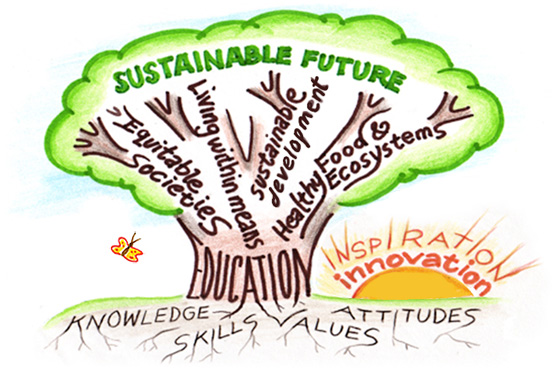In November 2021, Harvard released an article on the efforts of Laura Schifter, a Harvard Graduate School of Education lecturer and a senior fellow at the Aspren Institute, on ensuring sustainability in the education sector. Schifter said that people had the tendency to forget the impact of the education sector in the worsening of the climate change situation.
She emphasized that in the United States, public schools occupy 2 million acres of land and produces around 53,000 tons of food waste. In addition, they use a lot of energy and are using tons of gas for transportation through school buses. With this, she founded the K12 Climate Action which utilizes the education sector in finding solutions in the increasing problem of climate change.
In Hong Kong, the school carbon footprint also contributes to the impact of the special administrative region to climate change. With this, companies have emerged to ensure that education coincides with sustainability, of which is Metanoia.

Metanoia are sustainability consultants to schools to support the growth of green schools all over the world. Metanoia provides a whole school sustainability audit in order to support the growth of green schools. In addition, the process of turning into a sustainable school allows students to develop practical skills in eco-stewardship and develop their knowledge in becoming advocates of effective change-makers in the world.
Metanoia’s Strategy
Metanoia ensures that every single person in the school, from staff to students, works together in order to deliver in becoming a carbon-neutral educational institution.
Students are specifically taught how to develop eco-literacy and leadership skills through learning opportunities by utilizing the entire campus as a laboratory. On the other hand, teachers are encourage to utilize the campus as a teaching tool.
School leaders are also a part of the transformation journey by building their schools’ capacity by limiting their carbon footprint. Facility managers are also taught on how to make the campus more carbon neutral; and suppliers are engaged in order to improve the sustainability of their products.
